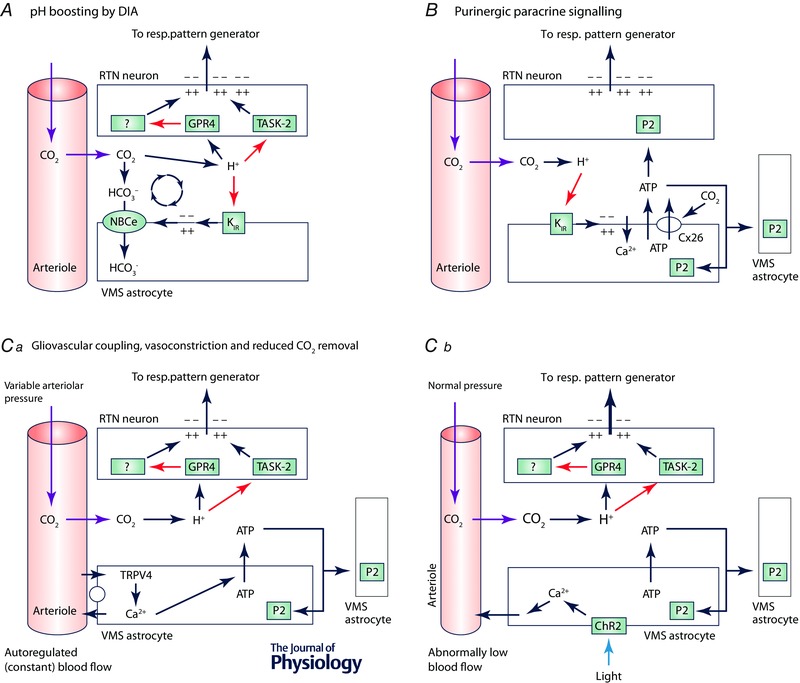Figure 5. Possible role of astrocytes in the RTN .

A, proton‐depolarized astrocytes may enhance extracellular acidification via depolarization‐induced alkalization (DIA), thereby increasing the apparent sensitivity of RTN neurons to changes in . KIR, inwardly rectifying potassium channels; NBCe, sodium–bicarbonate exchanger (electrogenic). B, glial theory of chemosensitivity. Ventral medullary surface (VMS) astrocytes are depolarized by acid causing exocytosis of ATP and activation of RTN neurons via P2Y receptors (Gourine et al. 2010). An alternative view is that CO2 activates connexin26 directly, causing ATP release (Meigh et al. 2013). C, astrocyte‐induced vasoconstriction. Ca, TRPV4‐mediated brain blood flow autoregulation by astrocytes. This mechanism is Ca2+‐ and ATP‐dependent (reproduced from Kim et al. 2015). Cb, hypothesis based on the mechanism described in Ca: photoactivation of ChR2 expressed by astrocytes causes a rise in astrocytic intracellular [Ca2+] and arteriolar constriction that propagates to other vessels via ATP release and recruitment of the astrocytic syncytium. Vasoconstriction slows CO2 removal, causing to rise and activation of RTN neurons via [H+].
